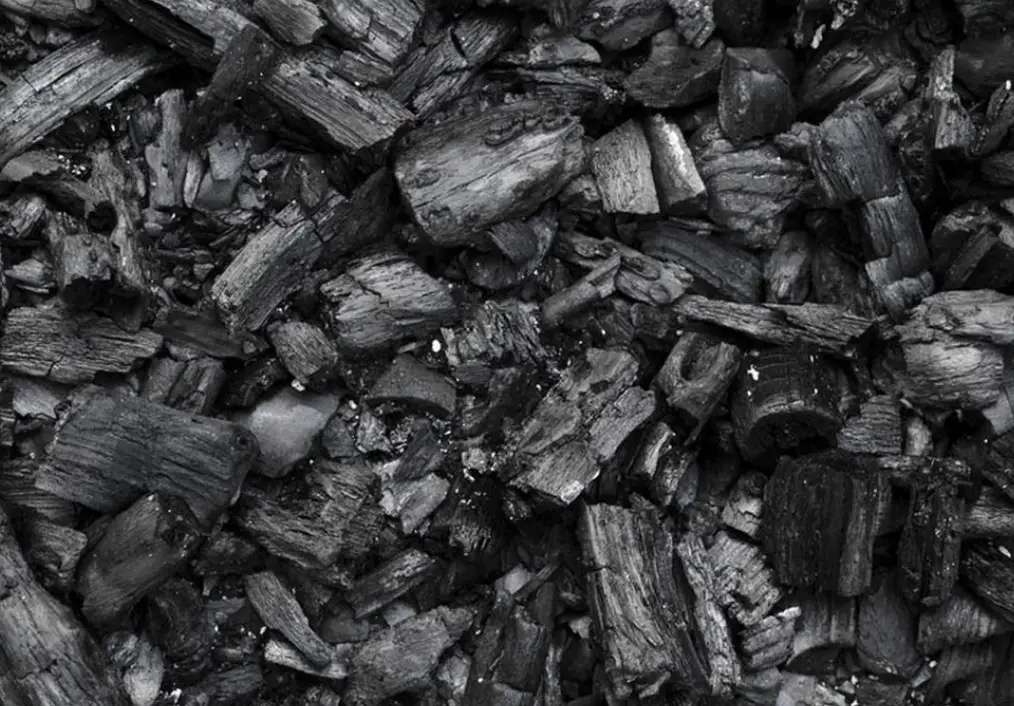There’s nothing quite like the aroma of grilled food prepared over charcoal. However, encountering the frustrating issue of charcoal that won’t light can put a damper on your grilling plans. Fear not! In this blog post, we’ll explore common reasons behind this problem and provide practical solutions to help you get those coals glowing and your grill sizzling.
1. Damp or Wet Charcoal:
Damp or wet charcoal is a common culprit for ignition problems. Moisture can prevent the coals from lighting properly. Always store your charcoal in a dry, covered place to avoid this issue. If your charcoal is damp, spread it out and allow it to dry before attempting to light it.
2. Improper Airflow:
Insufficient airflow can hinder the charcoal’s ability to ignite. Make sure your grill’s air vents are fully open to allow oxygen to flow to the coals. Proper ventilation will help the charcoal catch fire and burn evenly.
3. Using Lighter Fluid Incorrectly:
While lighter fluid can aid in lighting charcoal, using too much of it or not allowing it to evaporate before igniting can lead to excessive flames that fizzle out quickly. Apply a moderate amount of fluid to the charcoal and wait for a few moments before lighting to ensure safe and effective ignition.
4. Charcoal Arrangement:
The arrangement of charcoal in your grill can impact ignition. Ensure you’ve created a proper pyramid or mound of charcoal, leaving enough space for airflow. Avoid compacting the coals tightly, as this can hinder ignition.
5. Old or Low-Quality Charcoal:
Charcoal that has been sitting around for a long time or is of low quality may not ignite easily. Invest in good-quality charcoal and use it within its recommended shelf life for optimal results.
6. Chimney Starter Issues:
If you’re using a chimney starter to light your charcoal, ensure it’s properly loaded and that the bottom vent is clear for air circulation. Using newspaper or fire starter cubes can help create a reliable ignition source for your charcoal.
7. Wind Conditions:
Wind can disrupt the ignition process by blowing away flames and heat. Choose a sheltered spot or consider using a wind guard to create a controlled environment for lighting your charcoal.
In Conclusion:
Experiencing difficulty in lighting your charcoal doesn’t have to mean the end of your grilling plans. By understanding the potential causes and implementing the appropriate solutions, you can successfully ignite your charcoal and enjoy the savory flavors of your favorite grilled dishes. From ensuring proper airflow to using high-quality charcoal and practicing safe lighting techniques, these steps will help you conquer the challenge of unlit charcoal and achieve grilling success. Remember to exercise caution when using fire starters and lighter fluid, and prioritize safety throughout the ignition process. With the right approach, you’ll be well on your way to a satisfying and delicious grilling experience.
